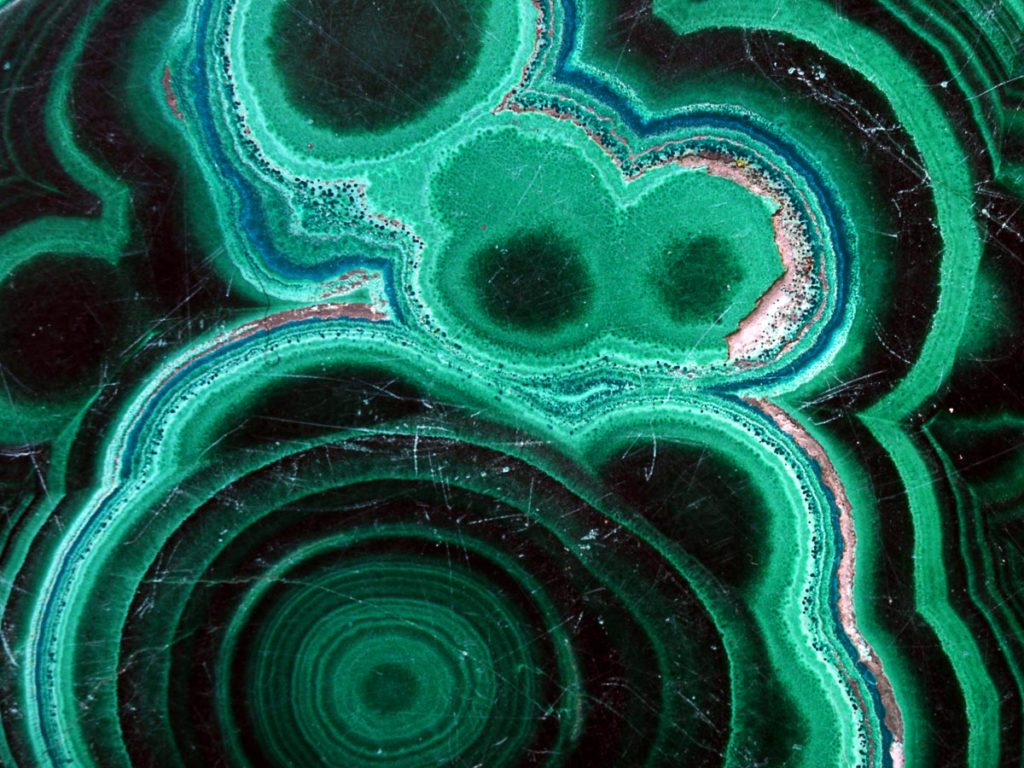You may have heard the old saying: “You don’t need to look for jade. Jade always finds you.” A jade gemstone captures attention for its color, its texture and the tranquillity of its appearance. Once you know how to select this beautiful stone, you may wish to start your own personal collection just as many lovers of jade have done over the centuries.
Unlike gemstones with softer properties, jade is durable and doesn’t change color like opals and sapphires do. It can be combined with other types of gems and precious metals, such as gold and silver.
Before you buy it’s a great idea to learn a little more about this legendary material… so you can let jade discover you.
Browse 1,677 current Jade for sale offers here
The History of Jade Gemstone Jewelry
The history of jade can be traced back to the Neolithic Era in the Yangtze River Delta of 3400–2250 BC. A variety of jade known as Dushan was first mined in 6000 BC during the Shang Dynasty.
Although jade has for centuries been linked to the Far East, the material was also mined by Lake Dwellers in Silesia, an area comprised of latter-day Poland and Czech Republic. These artisans used a tool called a “celt” which was found near a Swiss Lake Dweller village during the Bronze Age.
Jade Properties
A true jade gemstone has two distinct mineral species: jadeite and nephrite. Jadeite is a variety of pyroxene which is a large class of silicate minerals capable of forming rock. Pyroxene contains magnesium, iron, calcium and rock-forming silicate minerals that typically occur as prismatic crystals.
Nephrite is a hard pale green or white mineral. It also has magnesium and calcium properties as a silicate. Jade is mostly opaque in density and has a “waxy” appearance.
Most all jadeite and nephrite specimens are exceedingly hard and durable. These properties make jade easy to polish as gemstones and for figurines.
After polishing, jade has a relatively smooth texture. In Chinese culture, touching and holding jade is said to bring good luck, increase both your mind and body’s energy, and even protect your heart.
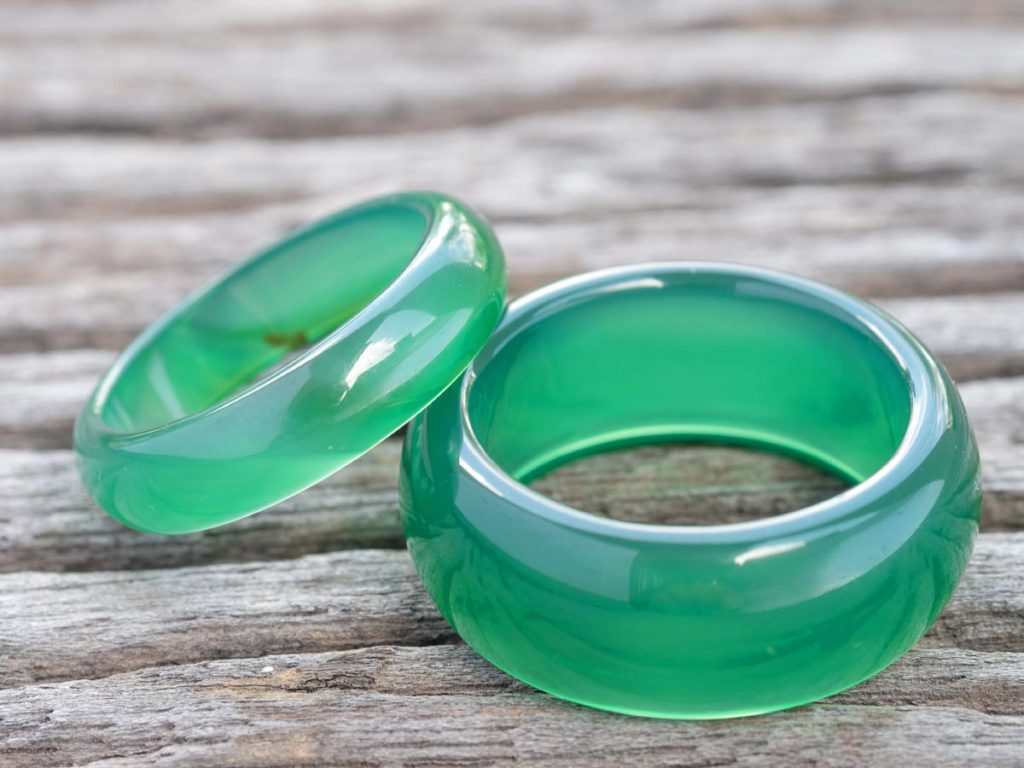
A pair of translucent jade rings.
Legends About Jade
In Chinese lore, jade is known as the “Stone of Heaven” and symbolizes virtue and honor. The other reason jade is known as the Stone of Heaven is that it was considered a gem for the nobles of Chinese Dynasties. In Maori culture, jade was believed to have spirits within each stone. Maoris hunted for jade and would have a stone cutter shape it until it revealed the spirit inside.
Colors of Jade Gemstones
There are many colors and varieties of jade. Imperial jade is the name given to jade of the finest emerald green color. Paler shades of green are the most common. Another type of jade is “kingfisher jade.” Kingfisher jade is a green color slightly less vivid than Imperial jade.
Jade gemstone jewelry and collectibles are more than just green, though. Other colors include red, yellow, orange, lavender or violet, white, mauve, brown and even black. Combinations of color are seen in a single jade specimen with one color merging into the other; many buyers of jade are drawn to the unique look of these pieces.
In very rare instances, white jade can be conspicuously translucent. Opaque jade specimens of a dirty white or gray are referred to as “mutton fat” jade. This is due to the fact that when these hues are polished they have a fatty feel to the touch.
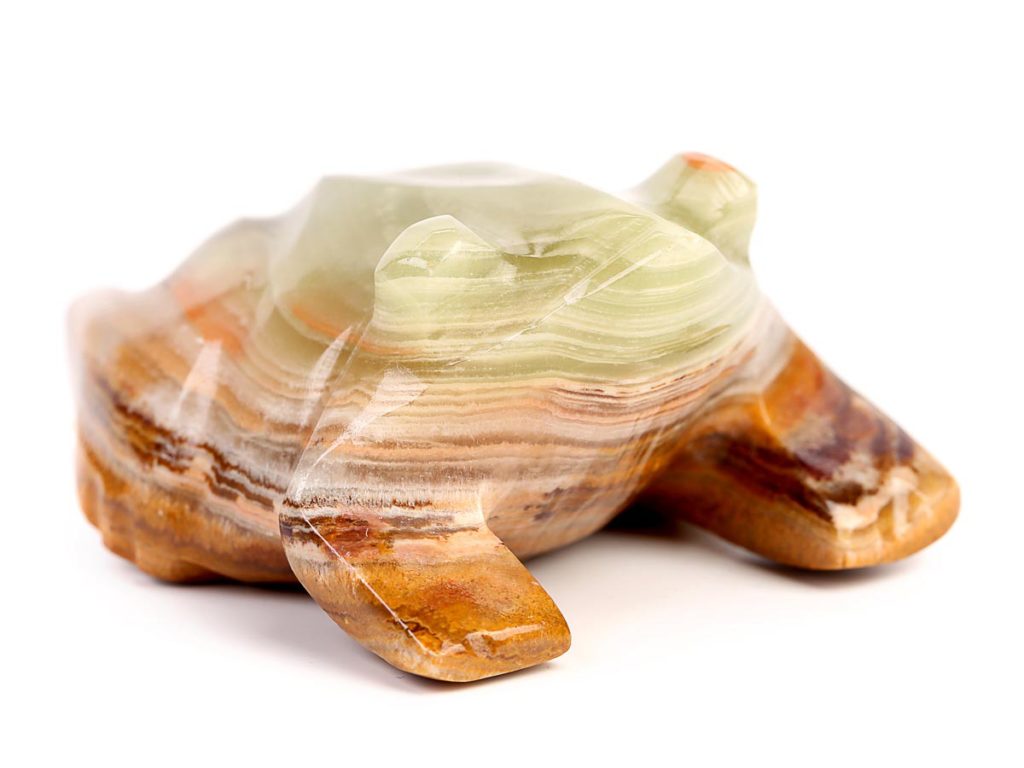
A turtle figurine made of superb orange and brown jade.
The Sources of Jade
Although jade and China are intertwined in most people’s minds, the finest “Chinese jade” gemstone is not actually found in China. The premium forms of jade come from the Mogaung district of upper Myanmar (formerly Burma) and also from certain regions located deep in Turkistan, an area in Central Asia between Siberia to the north and Tibet, India and Afghanistan to the south.
Nephrite was eventually imported to China from Turkistan. It’s important to note here that jade gemstone was not always used for jewelry or ornamentation. For example, Maori tribesmen in New Zealand have long used nephrite to carve into “tiki” figures, axes and instruments of war.
In China, jade was often used for knives, handles of sabre swords and scimitars. Nobility also adorned their clothing with carved jade and added jade to their chariots to show their elevated position in society.
More: Gold Jade Jewelry: Unique Meets Exquisite
Jade also has a musical property when used in wind chimes. To test this property, take a piece of jade and strike it hard. You will hear it ring like a bell. This is attributable to its hard, tough properties.
Jade Gemstone Value
The selling value of jade is determined by its rarity, as with most precious and semi-precious gems. In the 1940s and 1950s, the price of jade was relatively low. Today, the shape, color, purity, translucency and craftsmanship determine the value of each individual jade piece, making it easier than ever to find the pieces that best speak to you.
In more recent years, the price of jade has skyrocketed, exceeding that of gold per ounce. In the last ten years, a single ounce of jade was priced at $3,000/ounce. This is due mainly to China’s growing global trade and economy.
For lovers of jade gemstone art, owning it can be an asset to one’s jewelry wardrobe and also a worthwhile investment.
How to Select Jade
The true value of jade for many is its timelessness and its ethereal beauty. Some practical considerations, however, will allow you to choose jade with even greater comfort and confidence.
To learn how to select jade, it is important to know that jadeite is the purer form of jade and will cost more to purchase. It is equally important to know the difference between jade and nephrite. Both have different densities, crystal structure, chemical compositions and hardnesses.
It can be a good idea to visit a local gemstone dealer who specializes in a variety of jade to see and learn more about the differences in jade species. The best deals when actually buying it, however, can usually be found online.
Is Your Gemstone Genuine Jade?
To ensure that the jade you select is genuine and not a fake, you can tap it against a hard surface and listen for the sound it makes. Another tip is to learn the types of materials sold as “jade” that are not genuine. These include:
- Aventurine quartz
- New Zealand greenstone or pounamu, which is nephrite
- Serpentine, which is an olive color
- Australian chrysoprase
- Grossular garnet, also referred to as Transvaal jade
- Malaysia jade, which is permanently dyed translucent quartz in yellow, blue or red
- Prehnite
- Opaque dolomite marble sometimes called “mountain jade” that has been dyed in bright colors and comes mainly from Asia
Many online sellers will identify these materials correctly, and many buyers love their look. They may even suit your needs, but just remember that they aren’t true jade gemstone per se. The good thing about buying jade gemstone jewelry online is that reputable sites and dealers will have a money back guarantee, so when you get your hands on the piece you buy, you can always send it back for a full refund if it isn’t what you hoped for.
More on MegaMinistore: Cambodian zircon gemstones in colorful jewelry
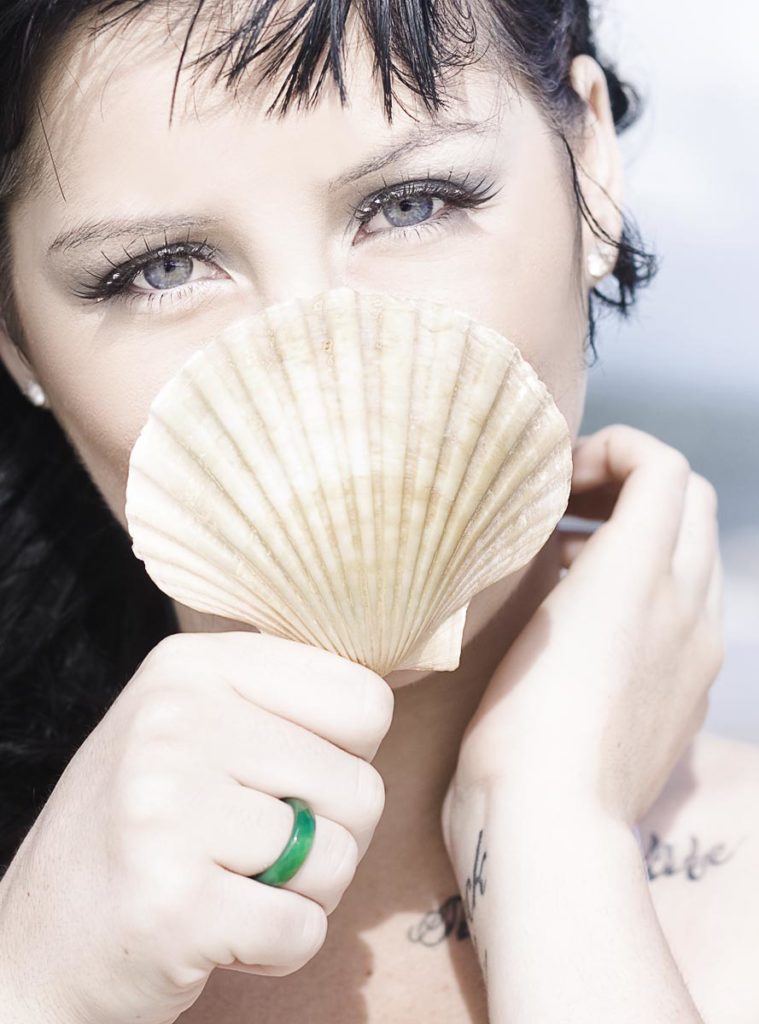
Choose Jade to Elevate the Senses
If you choose a jade bangle bracelet, there is the symbolism of eternal beauty that comes from an endless circle and timeless durability of jade. This is also true of jade necklaces. Wearing jade rings and earrings brings these symbolisms closest to the mind and heart.
Nothing is quite as impressive as a jade collection of figurines in several different colors. To start a collection, choose jade figures carved into elephants for good luck, dragons for protection, or cats, dogs and hares for a more whimsical approach. Collectors usually start with a single jade carving and build their collection around a particular theme.
From a Single Jade Gemstone, So Many Beautiful Things
Many beautiful objects are made from jade. For example, in the Tang Dynasty, jade was fashioned into fanciful clips for the hair. In the Ming and Han Dynasties, craftsmen created jade drinking cups, plates, vases and bowls.
During the Han Dynasty, nobility were prepared for burial in full jade dress and body openings were sealed with nine pieces of jade.
Today, jade is treasured mainly for figurines, statues and jewelry. You can buy Netsuke figurines made entirely of jade. Chess pieces and chess boards are also made from jade. Earrings, necklaces, bangles and bracelets are the most popular jade jewelry pieces.
Jade Carving and Tools
While the earliest craftsmen may have used primitive tools of stone, bamboo or bone to carve jade gemstone items, today’s carving tools are likely to be “point carvers” that consist of a mounted shaft to which several types of tool heads are attached. Some jade carvers use electric drills and sanders to create jade pieces. The drill and sanding speeds vary according to the hardness of the jade. Carving jade requires a good eye for design and careful sculpting skills to complete each jade piece.
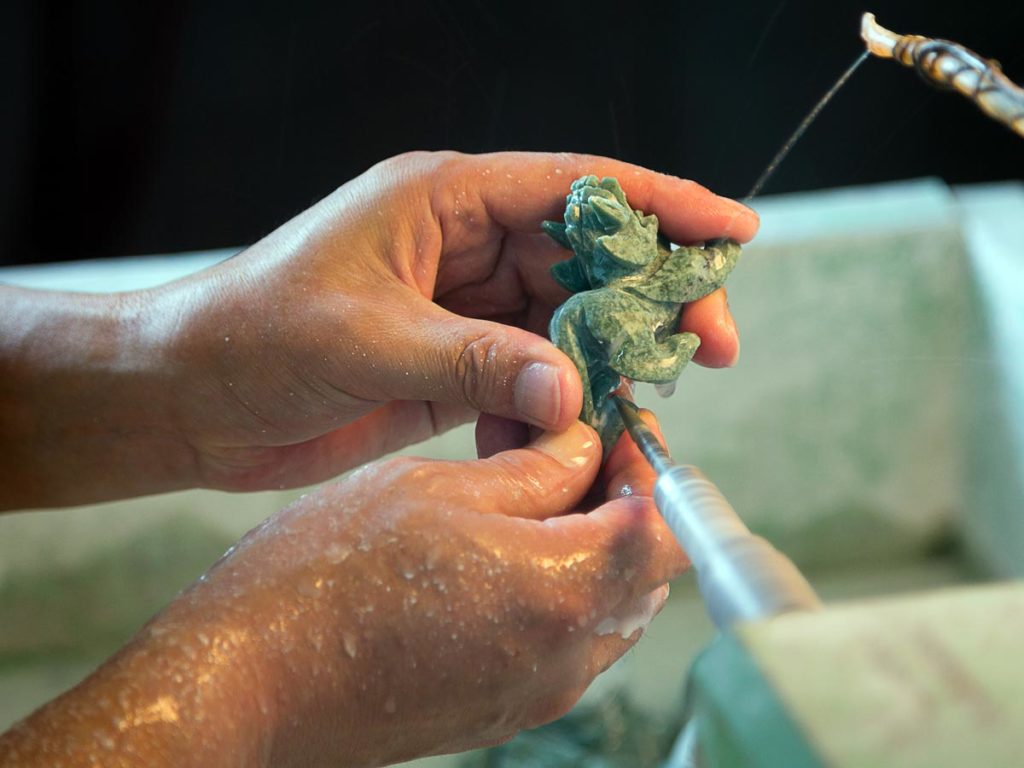
An artisan meticulously carves a piece of jade.
Why Versatility Makes Jade Beautiful
The use of jade, while rooted in ancient history, is still an evolving art form. A recent fashion in jade jewelry is to combine white jade with titanium metal. The contrast of white jade stones with the black color of titanium is dramatic. This contrasting combination amplifies the beauty of stone and metal for a very natural look. There is also nothing quite as beautiful as mutton jade in combination with sleek, dramatic onyx for a monochromatic fashion statement.
Jade is beautiful because it has all the qualities many other gemstones do not. The enduring beauty of jade entices the owner to feel its smoothness; it heightens your senses with the very symbolism that has been passed down through the ages.
In a piece of jewelry, jade endows the individual with the same feeling of nobility that the Chinese nobles experienced. There is also a certain sense of emotional security in the knowledge that your jade has resilience and can become a family heirloom.
Where to Find Jade Gemstone Pieces
Numerous online vendors provide a convenient way for “jade to find you.” Choose reputable dealers with a good feedback rating from other buyers that offer money back guarantees and full descriptions of their pieces. Of course, some casual non-dealers often sell their own jade items as well; keep an eye on these listings for some even better deals.
See also: Antique Jade: Truly Eternal Collectibles
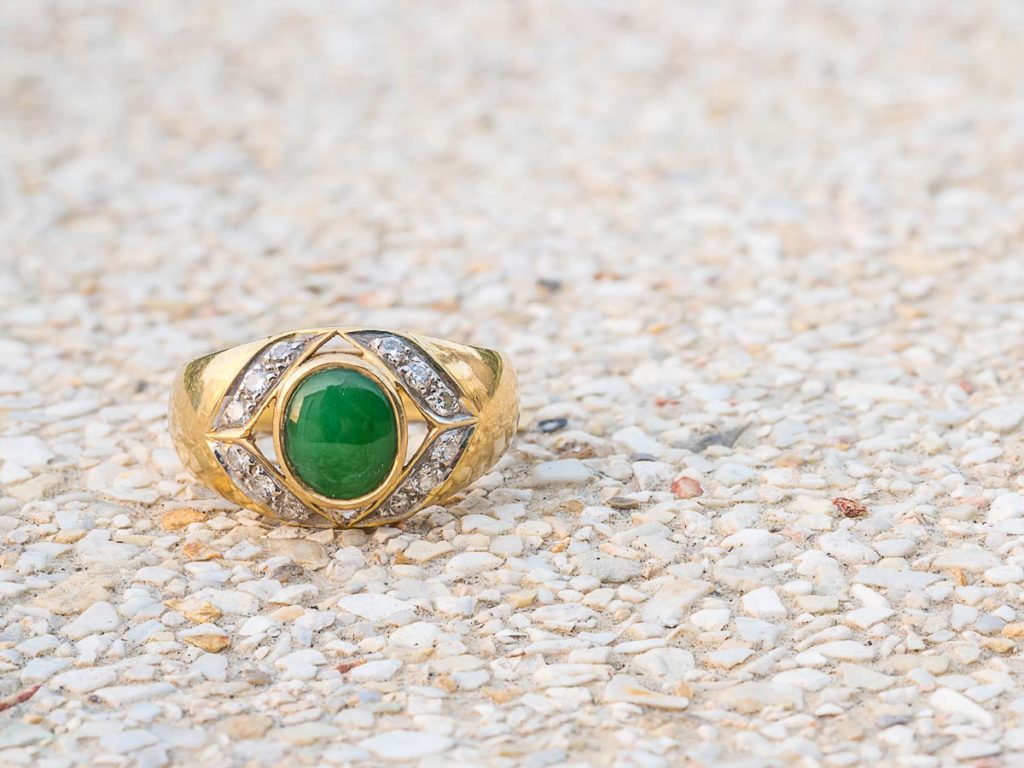
Keep in mind that giving jade as a gift is always a much cherished choice for any occasion for family or friends.
Once you know the history of jade, how to select it and why it makes such a beautiful, symbolic gift, there is double satisfaction for the giver as well as for the receiver. For example, what better choice of a house warming gift for new home owners than a beautifully carved jade lamp?
More on MegaMinistore: Jade Carvings: Delicate Art and Jewelry
There are no age restrictions when giving jade as a gift. Start baby’s jade collection, add to it with each birthday. Give a special jade gift for graduation, a wedding shower or as a wedding or anniversary present.
Let jade find you today.
